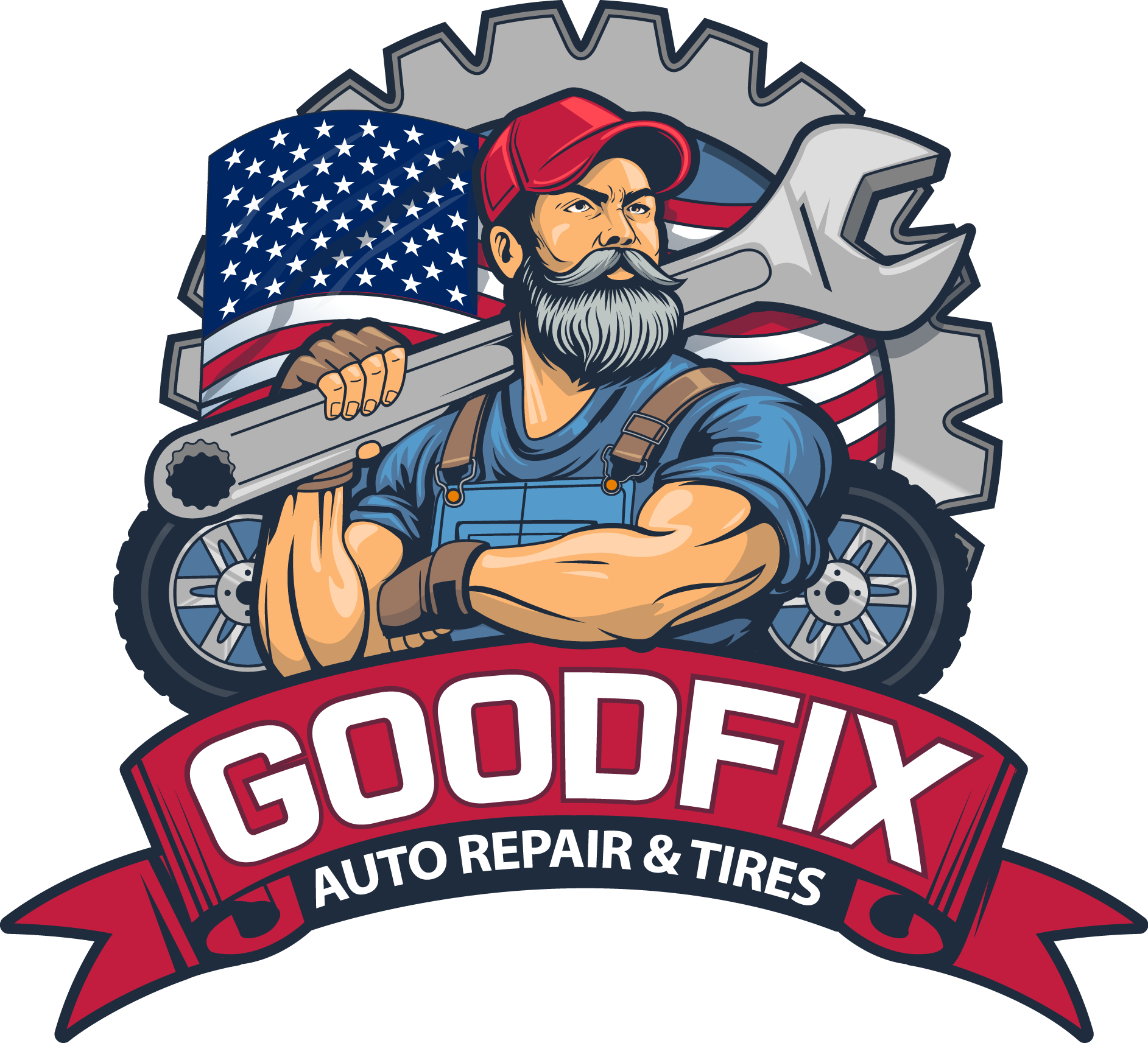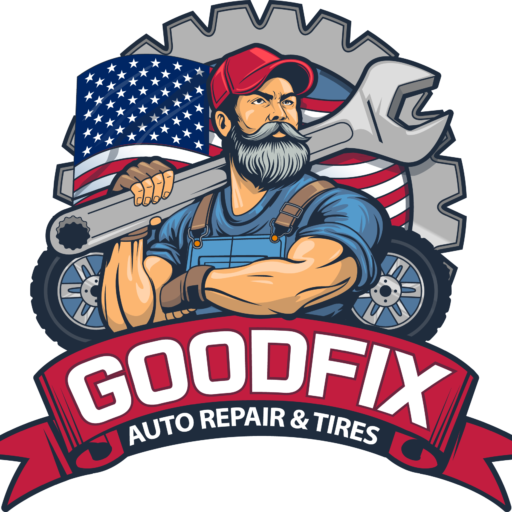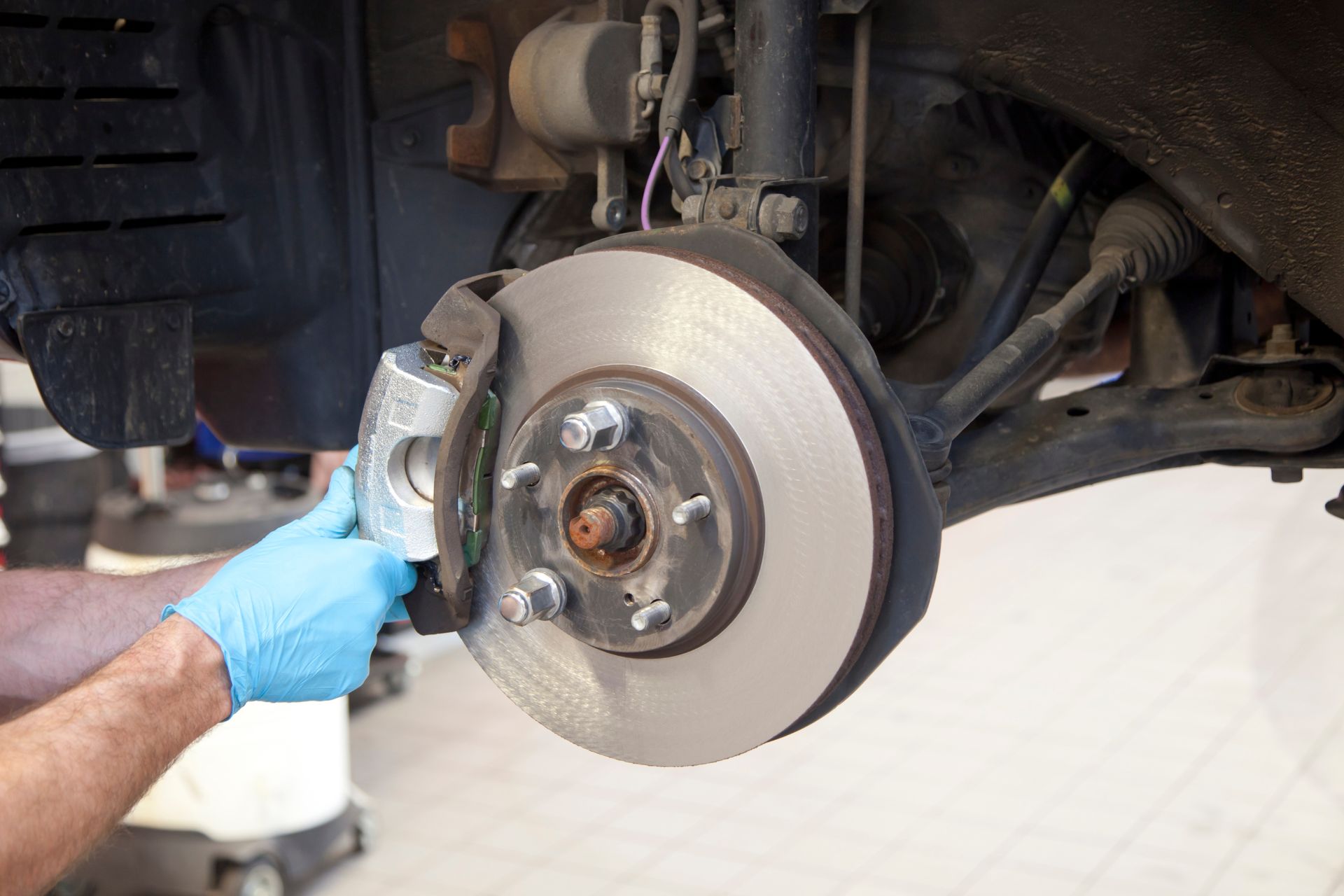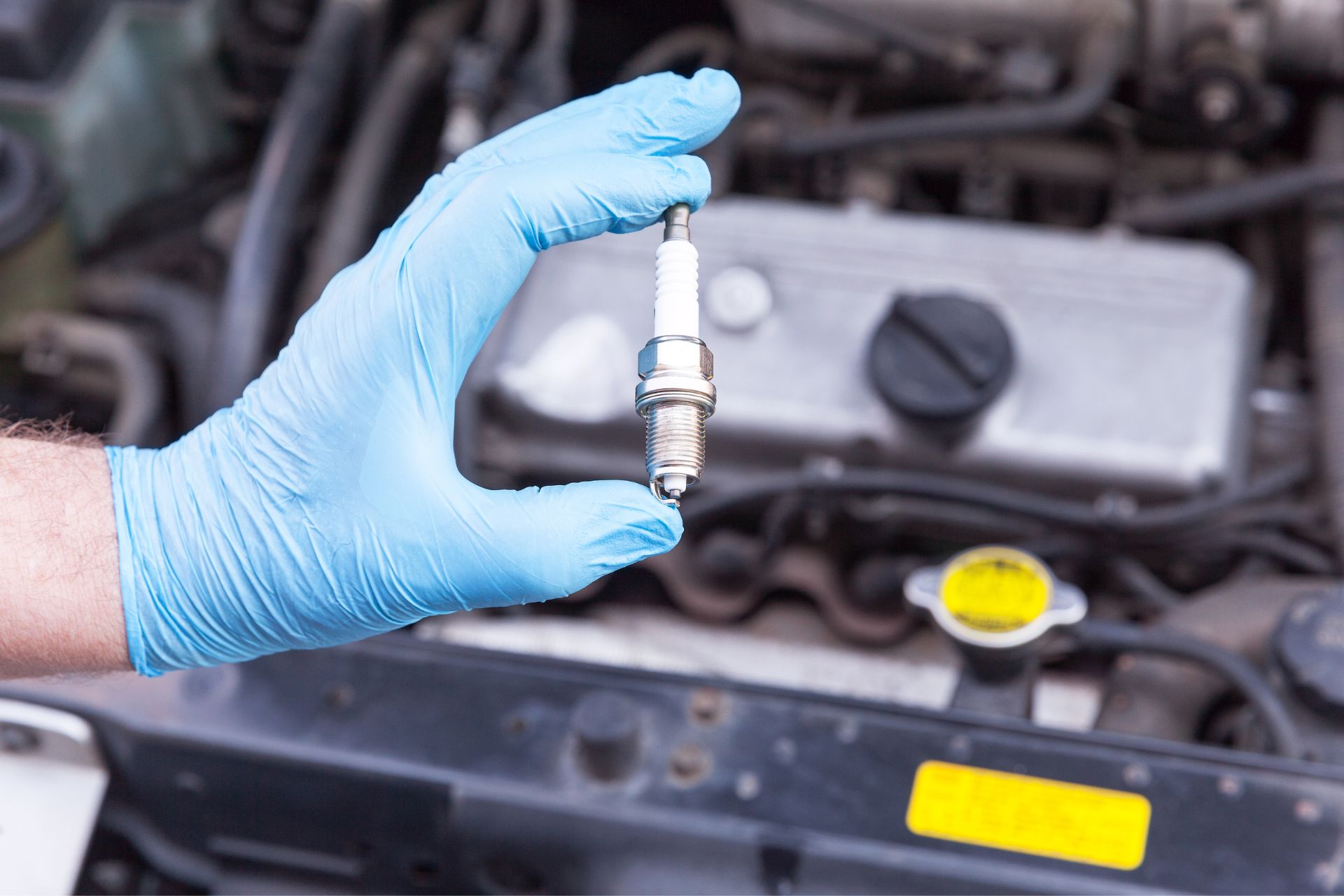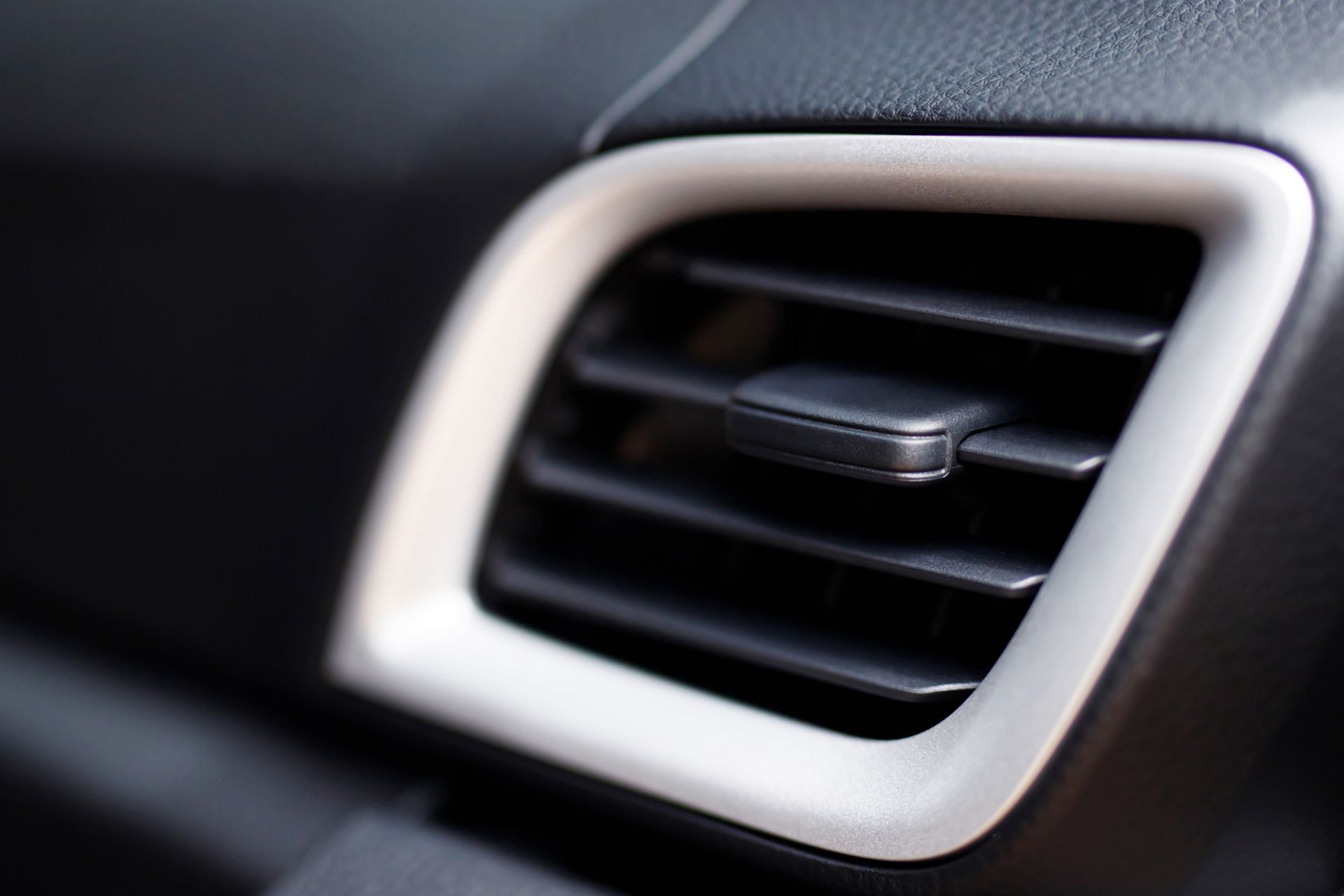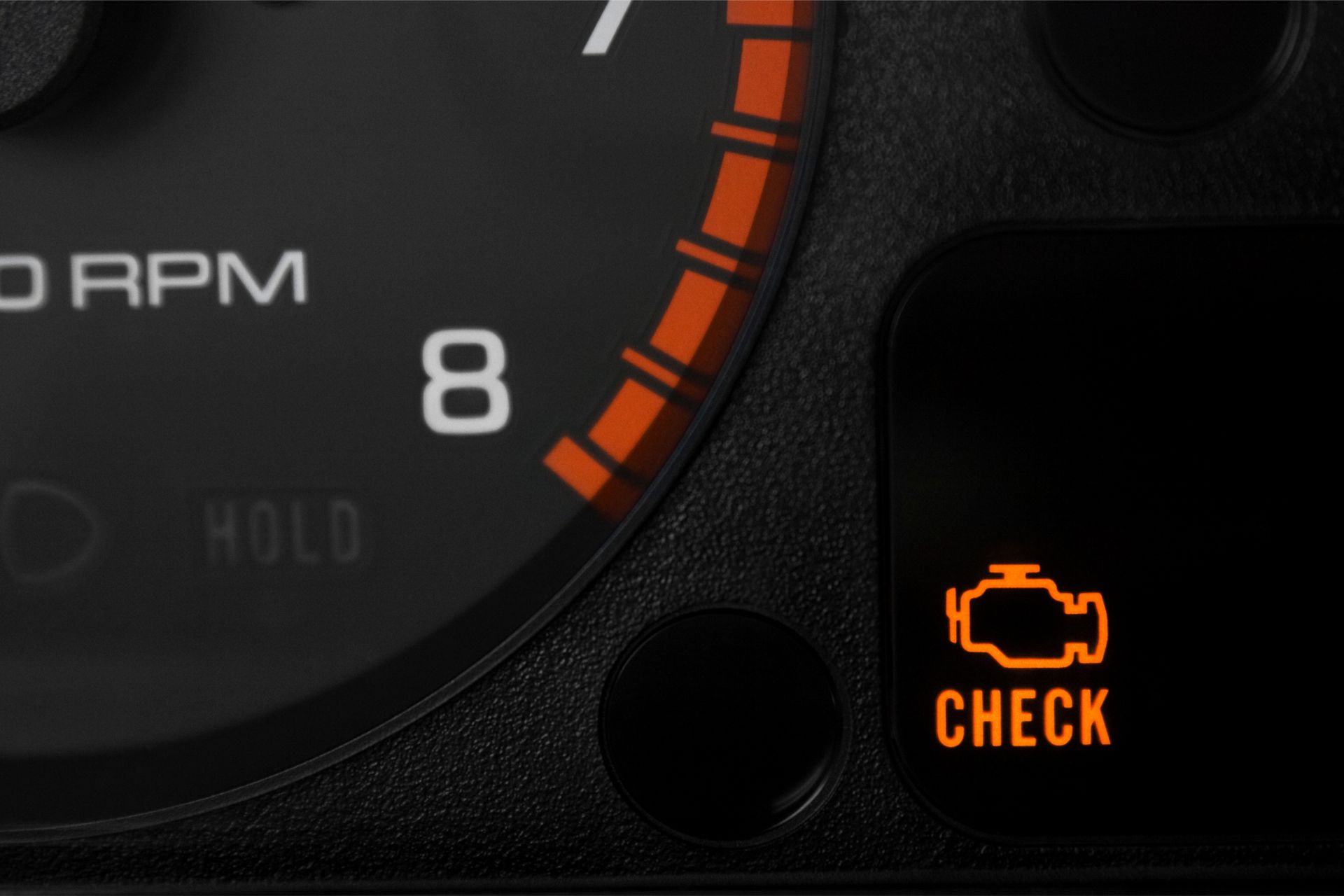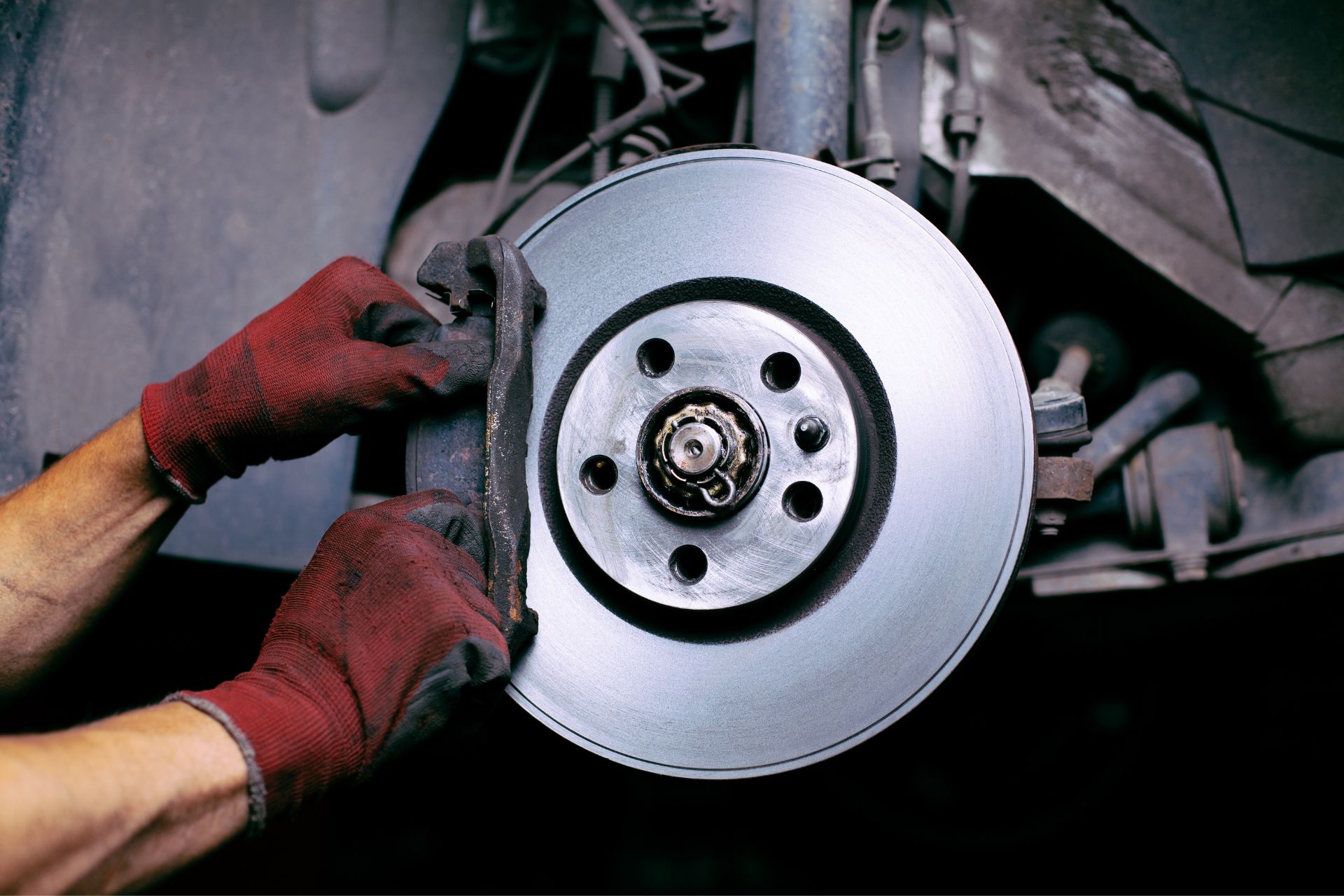Keeping your vehicle’s braking system in peak condition is one of the most important steps you can take to ensure your safety on the road. Brakes are your first line of defense when it comes to avoiding collisions or navigating through unpredictable traffic conditions. That’s why regular brake service shouldn’t be overlooked.
This guide covers everything drivers need to know about the maintenance process for braking systems, what it includes, when it’s needed, and how it contributes to the overall health and performance of your vehicle.
Why Your Brake System Needs Routine Attention
The braking system of any vehicle is made up of several components that work together to bring your car to a stop. Over time, these parts experience wear and tear, reducing their ability to function effectively. If not addressed promptly, neglected brakes can lead to more than just performance issues, they can pose a serious safety risk.
Key Benefits of Routine Brake Service
Enhanced Safety: Responsive brakes can be the difference between avoiding a collision and becoming part of one. Regular inspections ensure that your system is functioning as it should in both everyday driving and emergency stops.
Better Vehicle Performance: A well-maintained braking system supports smoother driving and better handling. You’ll notice quicker stops, less noise, and improved overall responsiveness.
Cost-Efficient in the Long Run: Replacing parts like brake pads or fluid before they deteriorate helps avoid more expensive repairs, such as damaged rotors or calipers.
Extended Lifespan of Brake Components: Proactive servicing helps extend the life of various braking elements, keeping them functional for as long as possible.
Warning Signs That Your Brakes Need Attention
Brake issues rarely go unnoticed if you know what to look for or listen to. Being aware of the symptoms of brake wear or failure can save you from bigger problems down the road.
Common Indicators of Brake Problems
- Squealing or Grinding Noises: This usually indicates worn-out brake pads. If ignored, the noise can escalate as metal starts rubbing against metal.
- Brake Pedal Vibrations: Pulsing or shaking when pressing the brake pedal could point to warped rotors.
- Increased Stopping Distance: If your car is taking longer to stop, even with normal pressure on the pedal, it’s time for an inspection.
- Soft or Spongy Pedal Feel: This could mean air has entered the hydraulic system or your brake fluid is compromised.
- Illuminated Brake Light on Dashboard: This alert may signal a problem with the system that requires immediate attention.
- Uneven Brake Pad Wear: A sign of imbalance in your braking system or potential issues with your calipers.
What Gets Checked During a Brake Inspection
During a routine checkup, professionals will evaluate each major component of your braking system. Every part plays a role in overall performance, and regular inspections help identify issues early.
Components Commonly Evaluated
Brake Pads: These are inspected for thickness and wear. If they are too thin or uneven, they need to be replaced.
Rotors (Brake Discs): Technicians check for scoring, warping, or heat damage. Depending on their condition, rotors may be resurfaced or replaced.
Calipers: These house the brake pads and are responsible for applying pressure. A faulty caliper can cause uneven braking and pad wear.
Brake Lines and Hoses: These carry brake fluid from the master cylinder to the wheels. Any sign of leakage or corrosion must be addressed immediately.
Brake Fluid: Brake fluid is checked for moisture contamination and proper levels. If dirty or old, a complete flush may be recommended.
Parking Brake Mechanism: In vehicles with manual handbrakes, this system is also checked for proper function and adjustment.
Hardware and Sensors: Any related electronics or clips that support the braking mechanism will be evaluated for wear and correct positioning.
What Happens During a Full Brake Maintenance Appointment
When you take your vehicle in for brake-related servicing, the process includes a series of inspections, part replacements, and function tests.
Typical Steps Involved
Initial Inspection: A technician visually inspects the entire brake system. If necessary, the wheels are removed for a closer look at hidden components.
Component Replacement: If any parts, such as pads, discs, or calipers, are worn or damaged, they’ll be replaced with new, manufacturer-approved parts.
System Adjustment: Calipers and brake hardware may be realigned to ensure proper functionality. This is particularly important for vehicles with drum brakes or older models.
Fluid Service: If the brake fluid appears dark or has absorbed moisture, it will be flushed out and replaced to maintain hydraulic pressure.
Performance Testing: After adjustments and replacements, the braking system is tested to verify that everything is working smoothly and safely.
Maintenance Recommendations: Finally, you’ll receive feedback on the current state of your brake system and guidance on when to return for the next checkup.
How Often Should Brakes Be Inspected?
The frequency of service depends on a variety of factors, including how and where you drive, as well as the make and model of your vehicle. City drivers who often encounter stop-and-go traffic may need inspections more frequently than highway drivers.
General Guidelines
- At least once a year or every 12,000 to 15,000 miles is a good rule of thumb.
- Some vehicles come with built-in brake wear indicators; check your owner’s manual for specifics.
- Always have your brakes inspected before long road trips or after experiencing any of the warning signs listed earlier.
DIY Maintenance vs. Professional Brake Service
While some drivers may feel confident enough to replace brake pads on their own, most experts advise against performing full brake maintenance without the proper tools and expertise.
Considerations for DIY Enthusiasts
- Lack of Equipment: Specialized tools are often required to inspect and replace certain brake components.
- Safety Risks: Improper installation or missed issues can lead to brake failure on the road.
- Warranty Concerns: DIY work might void certain manufacturer warranties if not performed to specific standards.
For these reasons, it’s recommended to have your braking system maintained by certified professionals who understand the complexities of modern automotive technology.
Investing in Reliable Brake Service Pays Off
Taking care of your brakes isn’t just about performance; it’s a critical part of keeping yourself, your passengers, and others on the road safe. It also plays a role in preserving your vehicle’s value over time. From early warning signs to full replacements, knowing how and when to service your brakes can help you avoid major expenses and unexpected breakdowns.
Trust GoodFix Auto for Expert Brake Service in Dallas
If you’re looking for dependable automotive professionals to handle your vehicle’s braking system, GoodFix Auto offers pro brake services to vehicles of all makes and models, especially European-built vehicles. Proudly servicing Dallas and the surrounding areas. Whether it’s time for a routine inspection or a complete overhaul, our expert technicians are here to ensure your vehicle stays safe and responsive on the road. Contact us today to schedule your appointment and experience auto service done right.
